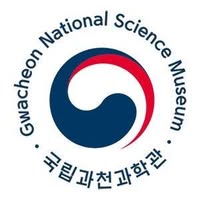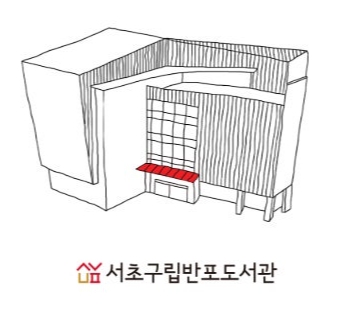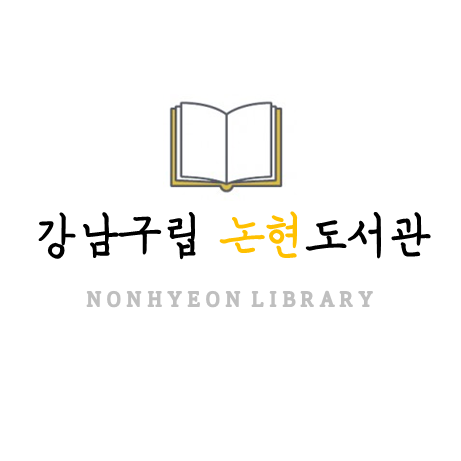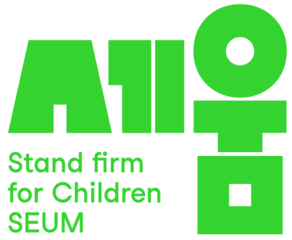The Korea Transportation Safety Authority (abbreviated as TS), established in 1981, is a quasi-governmental organization under the Ministry of Land, Infrastructure and Transport. Its purpose is to create a safe transportation environment, promote efficient traffic safety management, and contribute to the protection of citizens’ lives, bodies, and property by carrying out projects for the prevention of traffic accidents and supporting the operation and management of the transportation system.
https://main.kotsa.or.kr/main.do
The Gwacheon National Science Museum is an affiliated institution of the Ministry of Science and ICT in South Korea. It is responsible for the collection, preservation, research, exhibition, and education related to basic science, applied science, natural history, and the history of science and technology. Following a trial operation, the museum officially opened on November 14, 2008. With an exhibition area of 19,127 square meters—three times the size of the National Science Museum in Daejeon—it features a wide range of facilities including permanent exhibition halls such as the Basic Science Hall, Natural History Hall, Traditional Science Hall, Advanced Technology Hall, Children’s Exploration and Experience Hall, and the Hall of Fame. The museum also houses special exhibition halls and laboratories for experiments and hands-on learning.
https://www.sciencecenter.go.kr/scipia/
The Seoul Science Center was established in 2017 in Hagye-dong, Nowon-gu, as the first science museum operated by the Seoul Metropolitan Government. It was created to expand science and culture facilities in the northern region of the city, reduce regional disparities in science education, and promote balanced development across Seoul. Aimed primarily at youth, the center features six permanent exhibition halls with 221 exhibits, as well as a special exhibition space showcasing rotating displays from science museums in the Seoul metropolitan area, such as the special exhibition The History of Things 2. The center also offers a wide range of educational programs and events, including hands-on science-making experiences for families, group science classes for elementary to high school students, expert lectures, science experiments, and nature ecology programs.
https://science.seoul.go.kr/main
The Seongdong Foundation for Arts & Culture is a community-based cultural institution established in 2015 by Seongdong-gu, Seoul (located in Haengdang-dong). It operates a variety of cultural programs with the goal of promoting local culture and expanding residents’ participation in cultural and artistic activities.
https://www.sdfac.or.kr/kor/sdfac/main/main.do
Located in Banpo-dong, Seocho-gu, Seoul, the Seochogu Banpo Library is a public library with one basement level and five floors above ground, opened in 2013. It houses approximately 70,000 books and 1,900 types of non-book materials. The library operates lifelong education programs with a practical focus and serves as a space for the cultural life of local residents. It goes beyond being “just a place to read books,” functioning as a space where culture and learning naturally take place in the lives of residents―a “complex cultural library where culture and learning are integrated”.
https://www.seocholib.or.kr/
Nonhyeon Library is a district public library located on the 6th floor of the Nonhyeon 2-dong Community Service Center in Gangnam-gu, Seoul. It supports local residents’ reading and cultural activities and offers a variety of programs.
https://library.gangnam.go.kr/nhlib/index.do
The Association for the Studies of Koreans Abroad is an academic organization that conducts scholarly research on the history and current status of the approximately 7 million Koreans abroad around the world, their relationship with their homeland, Korea, and Korea’s policies toward its diaspora. The association continuously carries out research projects and policy development related to Koreans abroad. These efforts are reflected in academic exchange and collaboration among members through regular annual conferences, monthly meetings, and workshops.
http://homepy.korean.net/~aska/www/
The Japanese Language and Literature Association of Korea aims to promote international and interdisciplinary research in Japanese studies, while contributing to academic advancement and giving back to society.
http://www.gobungaku.or.kr/index.asp
Seum is a child welfare organization established in 2015 to place children and families of incarcerated parents at the center of society and walk alongside them. Regardless of the crimes of their parents, Seum supports the 0.5% of incarcerated children, the most vulnerable and urgent group, to grow up healthy and safe under secure protection. It helps them live confidently with their unique identities and leads social change through human rights advocacy and awareness-raising activities centered on children’s rights, ensuring children in welfare blind spots overcome societal discrimination and prejudice.
https://iseum.or.kr/
This private high school, with a long-standing tradition, was originally established as a two-year school named Myeongseong Academy on June 20, 1930, within the grounds of Jogyesa Temple, initiated by the Joseon Buddhist Women’s Youth Alliance. On March 7, 2005, the school was renamed Girls’ High School Attached to the College of Education, Dongguk University . In 2025, it transitioned to a coeducational system and adopted the new name Garam High School Attached to the College of Education, Dongguk University.
https://garam.sen.hs.kr/
High School Attached to College of Education, Dongguk University is a private boys’ high school located in Jangan-dong, Dongdaemun District, Seoul. It is an educational institution established by the Jogye Order of Korean Buddhism. Since its founding in 1947, the school has continuously pursued academic excellence and character development based on the wisdom and compassion of Buddhism, striving to realize an ideal world. To date, it has produced over 40,000 graduates.
https://ddbk.sen.hs.kr/













